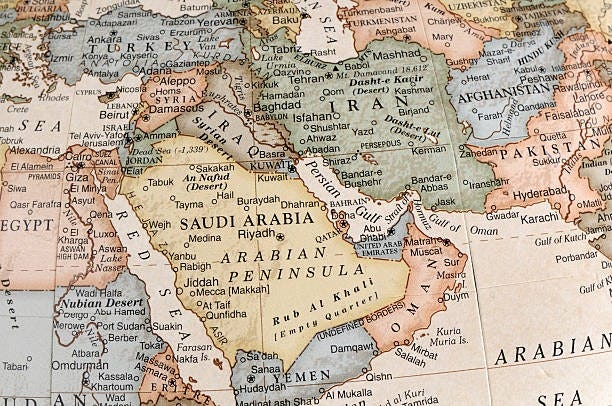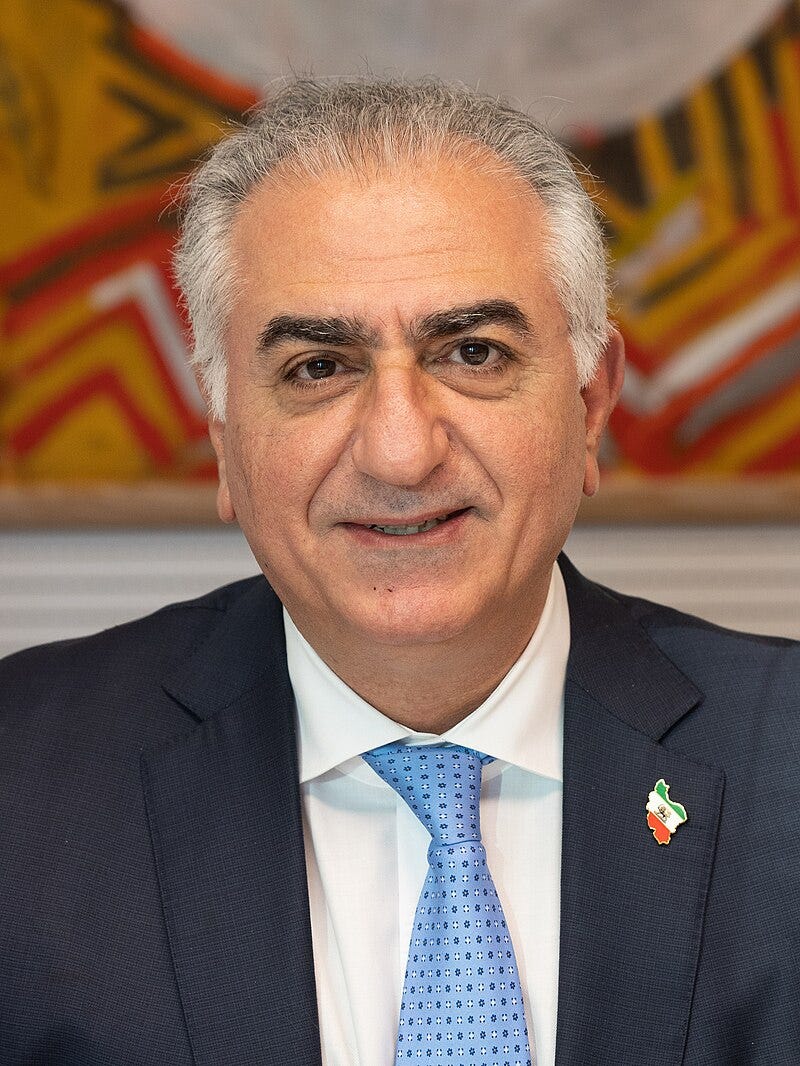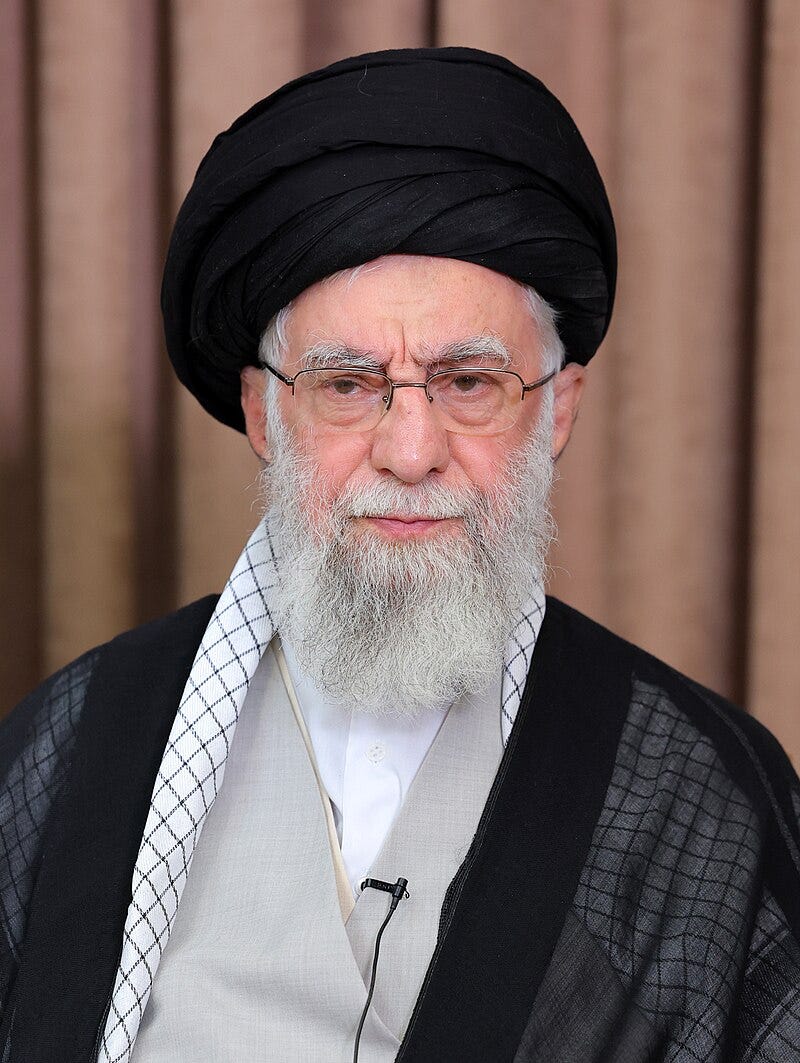Iran Reappears (in a sorry state)
Can the regime hold fast in the country where everything is falling apart?

Ever since a ceasefire halted June’s 12-day Israel-Iran War (during which the US bombed Iran’s uranium enrichment sites), I’ve been trying to figure out what the heck is going on in the Shia-dominant country of 90 million that is the most populous on the Persian Gulf. Finally, more news is trickling out.
During the June strikes that resulted in 1,190 Iranian fatalities according to the Human Rights Activists Network, Israel is believed to have killed 19 nuclear scientists and 30 military commanders. However, religious leaders, such as the Supreme Leader Ayatollah Ali Khamenei, who reportedly hid in a bunker, are apparently still kicking and the Islamic regime still stands, although it appears to be rocking.
The Majority Don’t Support Iran’s Regime
Due to its creaking infrastructure, some of it damaged during Israel attacks last year, its own poor planning, repressive policies, excessive subsidies, and ethnic divides, the Islamic government headquartered in Tehran, which according to polls taken three years ago 81% of Iranians don’t support, is facing severe challenges that threaten its existence.
Water across Iran is disappearing — after a 5-year drought, dams are drying up, reservoirs are puddles — and Tehran could run out in a matter of weeks; already taps in the capital often run dry. Electricity in the oil-rich country is shaky — blackouts are daily occurrences, while temperatures soar into the high 90s. Retirees aren’t getting their social security payments. Farmers haven’t been paid for their wheat. Inflation stands at over 30% — some say it’s closer to 50%; over the past year, the price of bread has doubled.
During blackouts, residents are reportedly yelling “Death to Khamenei” and “Death to the Dictator!” and protests are becoming frequent as denizens demonstrate their unhappiness about their eroding quality of life. Security forces are firing tear gas on demonstrators, and rounding up belligerents and suspected spies by the hundreds, if not thousands.
And whenever the government slashes subsidies, riots break out. But the subsidies feed a cycle of corruption: with the world’s lowest gasoline prices — around 28 cents a gallon, thanks to subsidies — about one-fifth of it is smuggled out daily, contributing to energy shortages.
Not to mention that the country is plagued by ethnic strife. While 61% of the population is Persian, nearly a fifth is Turkic (most Azerbaijani), and a tenth is Kurd; other ethnic group include Balochs and Arabs. The government routinely targets minorities — especially Kurds — rounding them up or just shooting them down for alleged crimes without trials. Armed militant groups in Kurdish and Baloch regions are pushing for regime overthrow.

Shaky Ceasefire?
Against this simmering backdrop, Israel — and the US — have indicated that if Iran doesn’t halt its uranium enrichment, they’re ready to resume striking the country, whose military (and nuclear) capabilities took a battering during the 12-day showdown in June. And on the sidelines, Reza Pahlavi, son of the shah ousted in 1979, is trying to make a dynastic comeback in an apparent bid to lead the country through its tumult.
Does all this mean that the Islamic regime that’s isolated Iran for 46 years is about to finally crumble as some gloated back in June? Hard to tell. Khamenei’s regime held up even during massive countrywide protests in 2022 after a young woman, Mahsa Amini, was arrested and beaten to death for allegedly violating Iran’s mandatory hijab law for women. During months-long demonstrations, over 500 were killed and thousands arrested.
And still the unpopular government kept ticking.

But one thing is certain. Khamenei, 86, and his regime, are starting to appear as creaky, outmoded, and frustrating as the infrastructure Iran doesn’t seem to get around to fixing.



Fun Fact: Reza Pahlavi attended the college I went to--he stayed just a year. Right around the time of the Islamic Revolution. Not someone I thought would be important to world history--just shows you what I know!
A word about the 200,000 sample size of the poll Mel mentioned. The Group for Analyzing and Measuring Attitudes in Iran (GAMAAN), youtubed a webinar: Anonymity Sampling for Measuring Hidden Opinions in Authoritarian Contexts which was dense but illuminating.
To see the future of the Islamic Republic one must stand half way inside a long train tunnel - one sees a single light growing stronger by the week. GAMAAN utilized the people’s wide use of VPN protected laptop and mobiles, whom were to ask their loved ones their opinions, Basically.
Now;
The Persians perfected the use of natures stack effect to cool homes and grain storage facilities several hundred years ago. Don’t get me started on their irrigation innovations. Such a people today, should be expected to be clever.
Extrapolating on the notion “Perfect is the enemy of the good.” I would change perfect for religion; and good for clever.